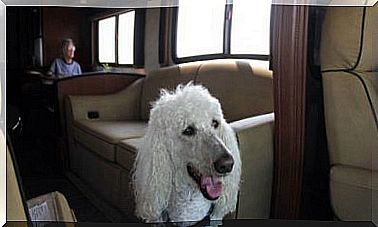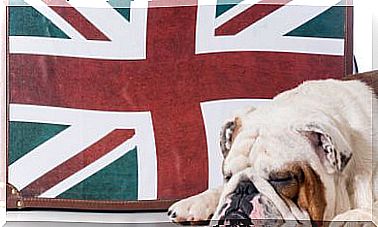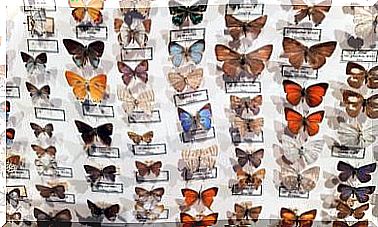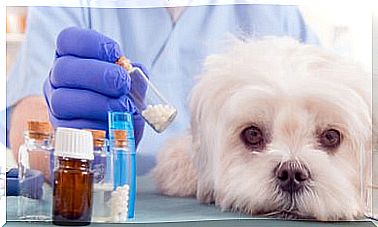We Fight Against Urinary Stones In Dogs And Cats

Animals suffer from kidney and urinary stones very similar to those found in humans.
Most of these stones are made up of mineral salts, made up of common elements found in our bodies, calcium, magnesium, ammonium, phosphorus, and carbonates. Its composition and consistency are similar to that of limestone.
Here are some facts about urinary stones in cats and dogs so you know how you can avoid them.
What Causes Urinary Stones in Cats and Dogs?
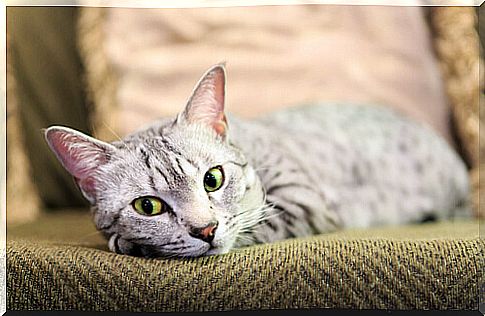
There are several things that contribute to the formation of stones in the urinary tract. One of them is the concentration of too many mineral salts in the urine. Many bacteria break down urea in urine into ammonia and, in doing so, alkalize the urine.
Certain breeds of dogs and cats are susceptible to stones of different compositions. These stones are formed because the salts of amino acids and urates that are produced in the blood of these animals are too high in terms of their concentration. The best known example are those that are formed in Dalmatians.
According to many specialists, to this day, it is not yet known why some dogs form stones and others, however, do not. Dehydration, for example, could be one of the causes, since it increases the concentration of minerals in the urine and can increase the formation of stones.
Females of all species are more susceptible to urinary tract infections and stones because their urethra is shorter. Other dogs and cats are born with mucosal defects that make them more susceptible to urinary tract infection.
What are the symptoms of urinary tract stones?
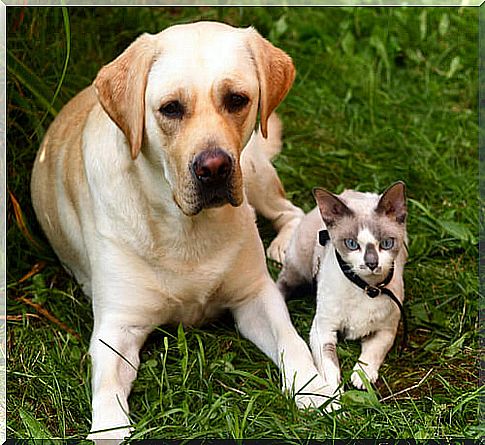
The two most common signs of bladder stones are painful urination and blood in the urine. Blood in the urine or hematuria occurs when the stones irritate the lining of the bladder, which is very sensitive, and cause bleeding.
The lining of the inflamed bladder is quite painful as small stones pass through when animals relieve themselves. Pets with bladder stones try to urinate too often. They squat down and try to do without apparent success. Urine may be dark in color like red wine.
When they urinate, the amount is small. In the midst of this routine these animals are restless. They walk in a crouched position. Owners may misinterpret these signs and assume that the pet is constipated.
However, if they feel the abdomen of these dogs or cats, they can feel small stones in the bladder as if they were marbles.
If you don’t immediately take your animal to your vet, the stones can block the urethra, the tube that runs from the bladder to the penis or vagina.
When this happens, urine builds up in the body causing uremia, depression, and vomiting. The bladder extends several times its normal size and may even explode. It may take several weeks for the problem to resolve itself and the bladder size to return to normal.
Despite these changes , dogs and cats with stones do not usually have a high fever. However, urine tests in these animals usually show blood and white cells.
Bacteria can also be present in the urine. Any urinary tract infection that recurs frequently in your pet should be carefully checked for the presence of bladder stones.
These stones are porous and cause infections that, if not treated in time, can be very serious.
To dissolve these stones, it is best to feed your little friend a low-protein diet and a drug, allopurinol, will surely be administered , which reduces the amount of uric acid that the body produces.
If they do not dissolve, it will be necessary to intervene surgically and perform a cystostomy. Sometimes this type of surgery can end the problem quickly.
How can the reappearance of stones be prevented?
The best thing is that your pet has access to clean and fresh water.
Diets rich in grains and vegetables produce alkaline urine, which allows certain stones to form. Therefore, try to get your little friend to eat quality feed.


